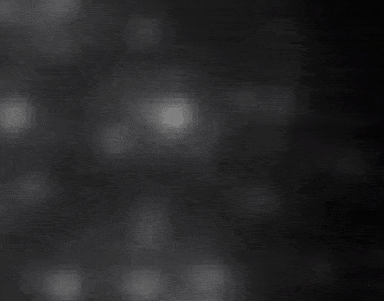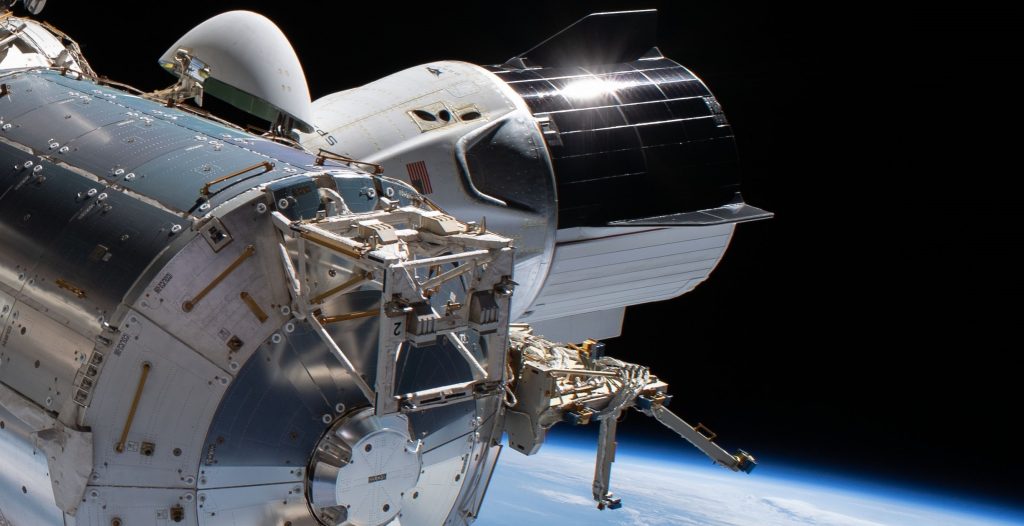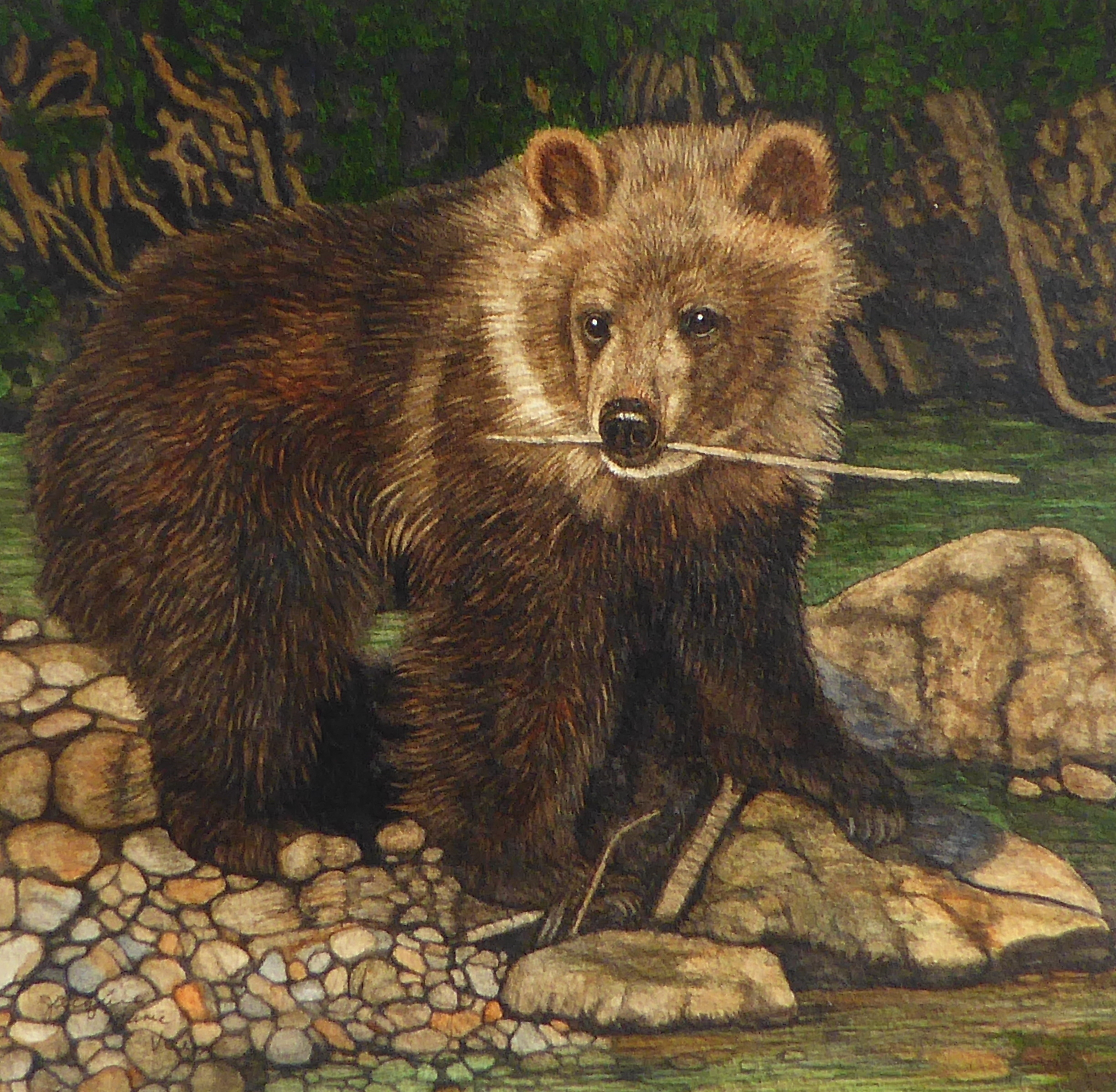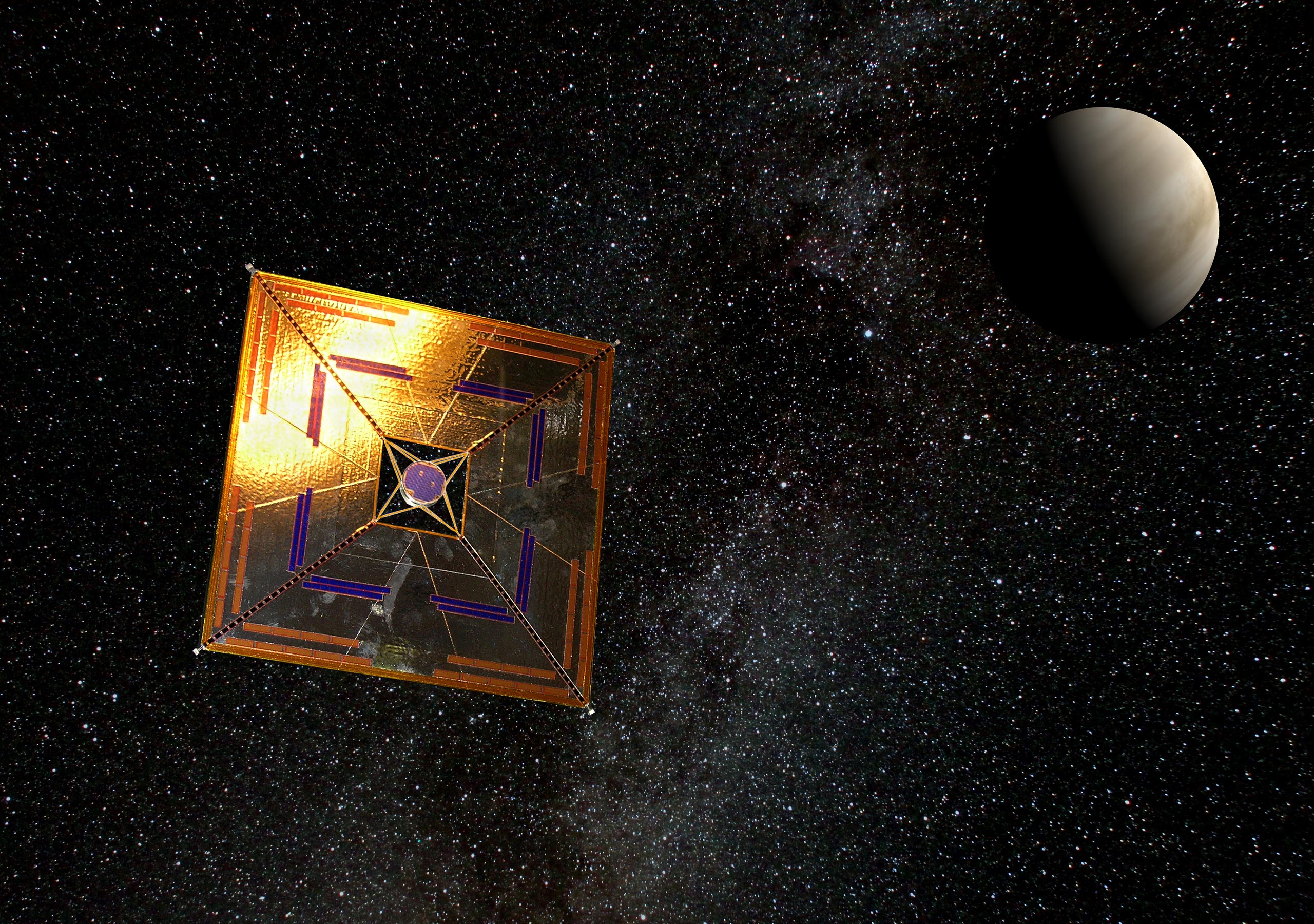Science Tips Tips Tricks Technology Why is our galaxy’s black hole blinking at us?

Science Tips Tips Tricks Technology
May 26, 2020 | 3:44pm
This computer-simulated image released by NASA shows a supermassive black hole at the core of a galaxy. The black region in the center represents the black hole’s event horizon, where no light can escape the massive object’s gravitational grip.
Alamy Stock Photo
The Moon revolves around the Earth, Earth revolves around the Sun, and the Sun — along with everything else in our galaxy — revolves around a supermassive black hole that sits at the very center. It’s a dance that began long before we got here, but scientists are doing their best to make up for the lost time by explaining how black holes work, why they exist, and what they can teach us about the formation of the universe.
Now, researchers using data from the Atacama Large Millimeter/Submillimeter Array (ALMA) telescope operated by the European Southern Observatory in Chile have documented a puzzling phenomenon happening near the location of Sagittarius A*, the location at the heart of the Milky Way believed to be a black hole. It seems that the supermassive black hole is blinking in our direction.
In a new paper published in The Astrophysical Journal Letters, researchers describe their observations of rapidly-flickering light curves coming from the location of Sgr A*. Black holes themselves don’t glow or emit light, so what could it possibly be?
“It has been known that Sgr A* sometimes flares up in millimeter wavelength,” Yuhei Iwata, lead author of the paper, said in a statement. “This time, using ALMA, we obtained high-quality data of radio-wave intensity variation of Sgr A* for 10 days, 70 minutes per day. Then we found two trends: quasi-periodic variations with a typical time scale of 30 minutes and hour-long slow variations.”
Here’s a timelapse of images over 2.5 hr from May from @keckobservatory of the supermassive black hole Sgr A*. The black hole is always variable, but this was the brightest we’ve seen in the infrared so far. It was probably even brighter before we started observing that night! pic.twitter.com/MwXioZ7twV
— Tuan Do (@quantumpenguin) August 11, 2019
For all the discoveries scientists have made about our universe and our place in it, we still know precious little about black holes. That’s understandable, especially considering they’re invisible in visible light (they have a habit of swallowing it) and it’s not easy to study something you can’t even see.
However, due to the intensity of the gravitational pull of black holes, they tend to be surrounded by material that they are slowly slurping up. Hot gasses, dust, and debris form a halo around the black hole known as an accretion disk. Matter within the disk can move at speeds that approach the speed of light.
The flickering emissions are thought to be originating within an area of the disk nearest the black hole itself. Hot spots which can form within the fast-moving disk and, the scientists think, it’s the emissions from these hotspots that appear to “blink” at us when they are moving toward us in their orbit of the black hole.
“Hot spots are sporadically formed in the disk and circle around the black hole, emitting strong millimeter waves,” the researchers explain in a press release. “According to Einstein’s special relativity theory, the emission is largely amplified when the source is moving toward the observer with a speed comparable to that of light.”




